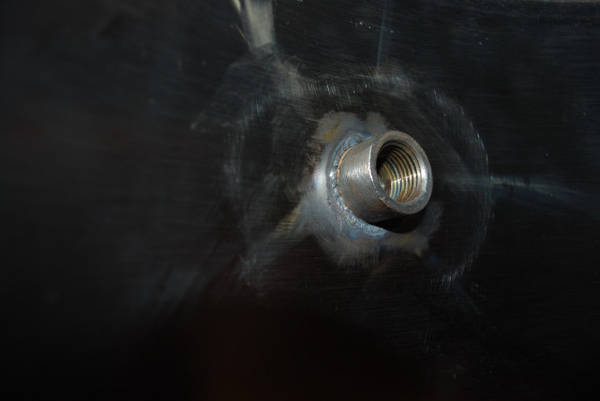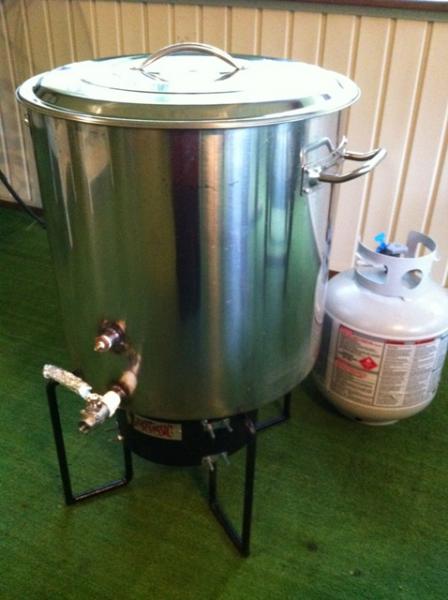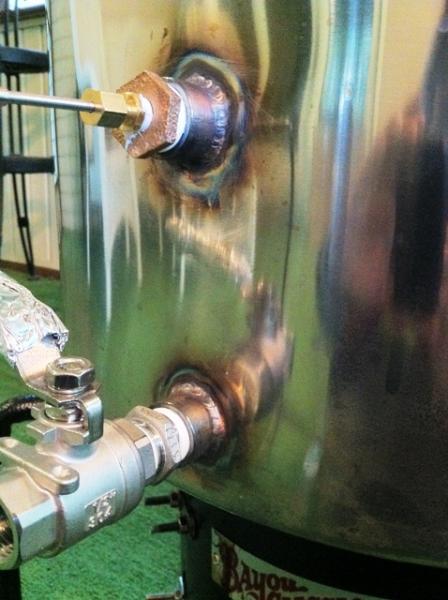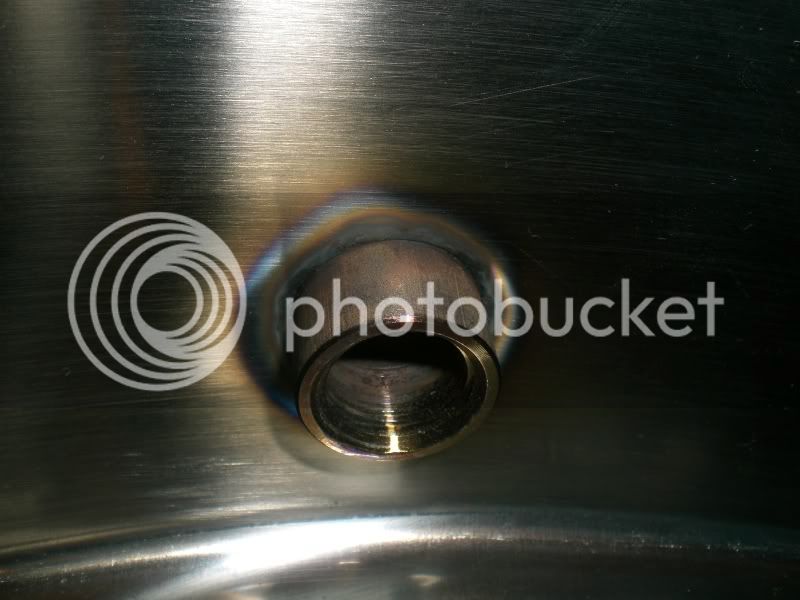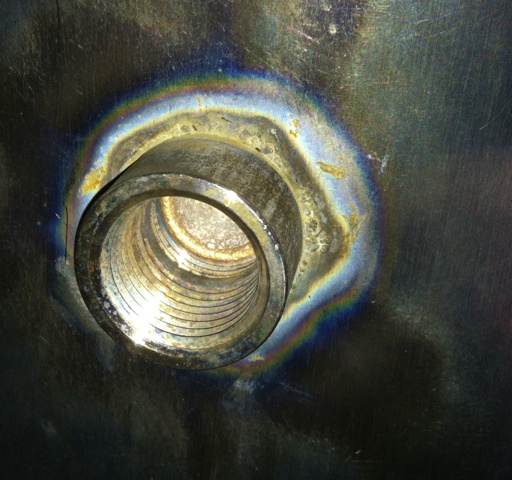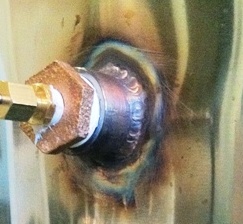Formito
Well-Known Member
So I'm never sure about the sizes but I could definitely see a use in 3 ports for at least a hlt. Perfect way to gaug temp and amount of liquid transfer while still being able to hook a 1/2 in ball valve up. but with my current probe thermometer I'm happy lol





























![Craft A Brew - Safale S-04 Dry Yeast - Fermentis - English Ale Dry Yeast - For English and American Ales and Hard Apple Ciders - Ingredients for Home Brewing - Beer Making Supplies - [1 Pack]](https://m.media-amazon.com/images/I/41fVGNh6JfL._SL500_.jpg)





























